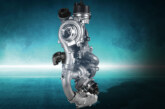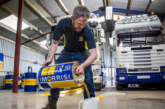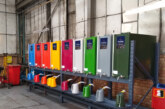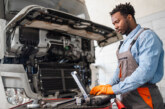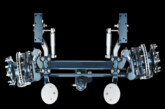How are CV brake systems evolving?
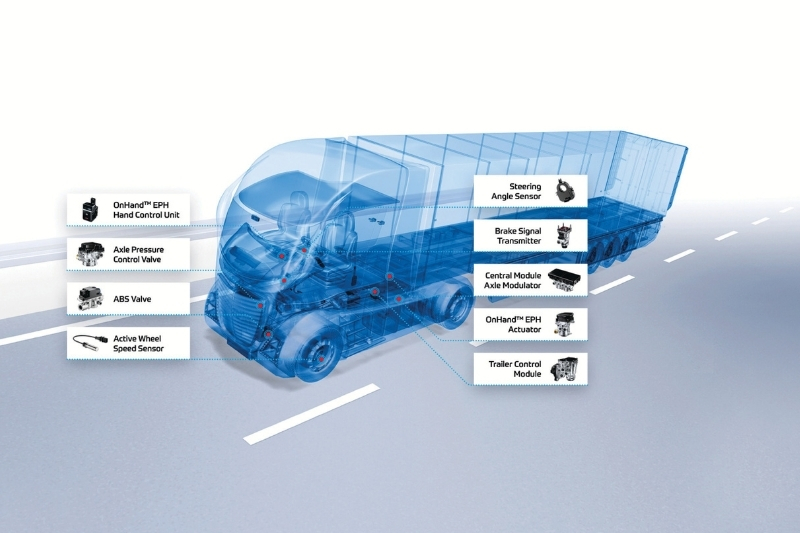
Sounding like a computer program that the legendary Sir Clive Sinclair would have added to his ZX Spectrum, the mBSP XBS is ZF’s future-ready braking system for advanced commercial vehicles. Here the company explains what it is.
As commercial vehicles become more advanced with automated technologies, the need for a sophisticated braking system grows. Having a reliable braking system has always been crucial, but now they now need to be fully integrated into the vehicle’s overall architecture to ensure safe and effective performance, whether being controlled by a human or by software.
Effective ADAS (advanced driver assistance systems) require equally effective and intelligent braking capabilities. Modern vehicles, therefore, need a braking system that can fulfil these requirements. To meet this need, ZF has developed a modular and scalable braking platform that offers higher levels of integration and automation.
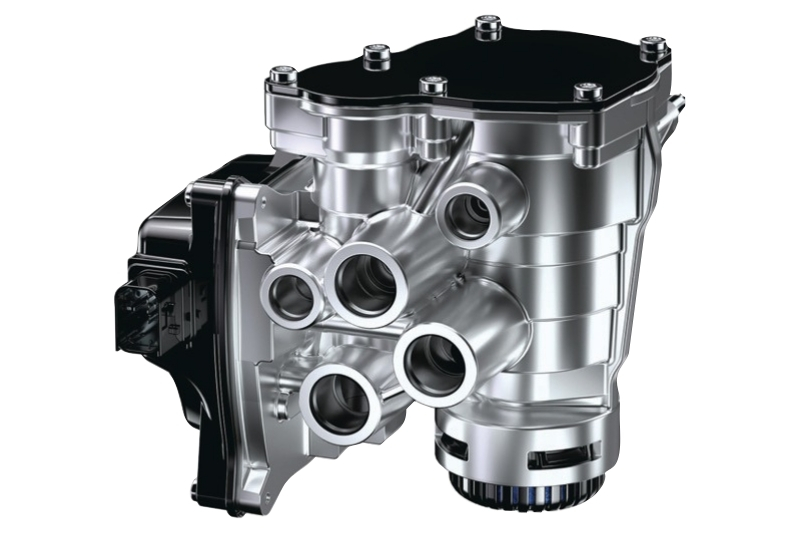
Already in series production with leading European OEMs, mBSP XBS is designed to be suitable for all heavy commercial vehicle configurations, including truck and trailer combinations. By being built on a scalable modular and flexible architecture, the mBSP XBS delivers electronically controlled, pneumatically actuated braking that meets safety standards while being fully compliant with cybersecurity and functional safety standards, including ECE R 155 and ISO 26262. mBSP XBS also integrates with ZF’s existing portfolio of ADAS safety technologies, including OnGuardMAX. OnGuardMAX is able to identify and, if necessary, react precisely to a broad range of moving and stationary objects around the vehicle, providing autonomous emergency braking. mBSP XBS also works with the OnHand EPH electro-pneumatic parking brake, which replaces a conventional parking brake with a compact mechatronic device and an electronic unique hand control unit.
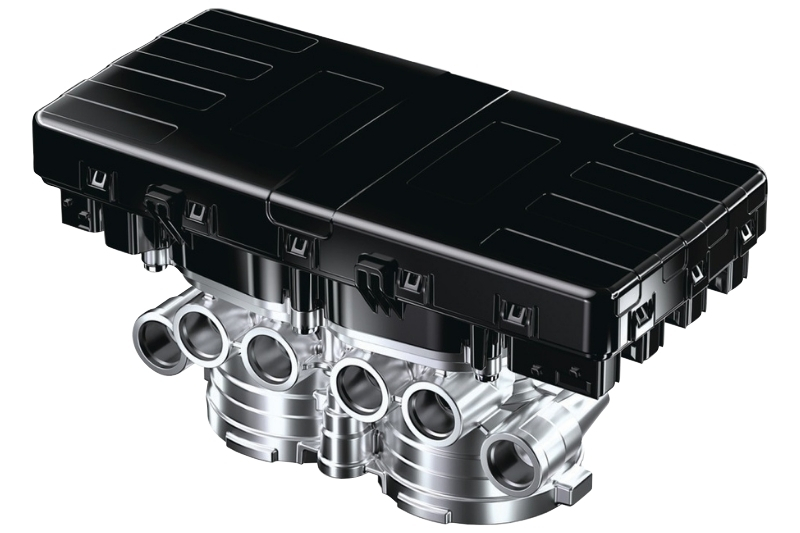
In addition, the mBSP XBS is compatible with ZF’s electric drive systems, such as the electrified axle AxTrax 2 and the central electric drive CeTrax 2 as well as their variants. It can also help optimise energy recuperation capabilities for electrified vehicles, not only improving fuel efficiency but also reducing the total cost of ownership (TCO) as well. By reducing the number of compressed-air lines and optimising the wiring and system layout, it also simplifies installation.
At the heart of the mBSP XBS is the CMAx, a centralised electronic control unit (ECU) that integrates and manages the braking system’s functions. The CMAx supports advanced functionalities, including high-speed communication and brake-energy recuperation, making it suitable for hybrid and fully electric vehicles. It manages and coordinates various functions to optimise safety and stability control, especially in critical situations. By centralising processing capabilities, the mBSP XBS system is able to respond rapidly to provide precise braking while improving overall vehicle stability, even under challenging conditions.
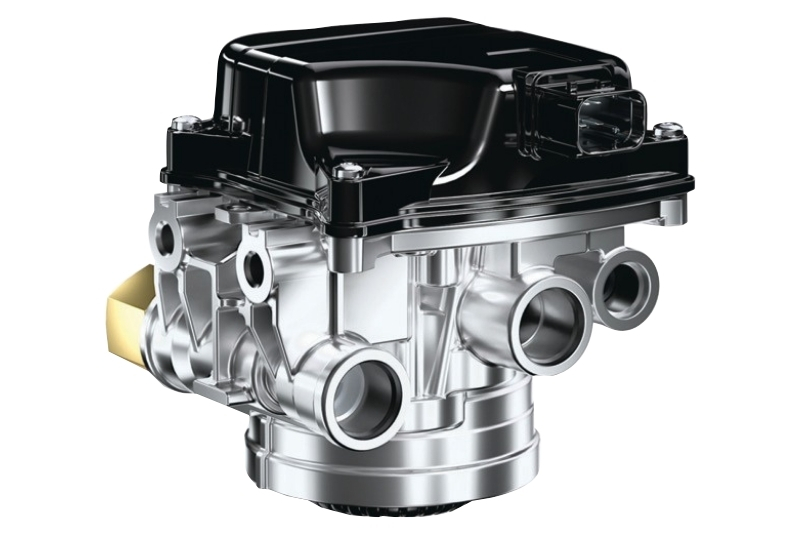
The mBSP XBS platform includes two versions to meet the varying needs of the commercial vehicle market: mBSP XBS Advanced and mBSP XBS Autonomous. The Advanced version – a successor of ZF’s electronic braking system (EBS) – delivers full brake-by-wire functionality, enabling precise control over braking performance with features like soft start/stop control and optimized energy recuperation for electric drives. Meanwhile, the Autonomous version is designed for vehicles with higher levels of automation (up to SAE levels 4 and 5), providing extra redundancy features to ensure braking functionality in the event of a primary braking system failure. It also incorporates dual CMAx units which provide a redundancy feature to maintain pressure control and ABS functionality, safeguarding vehicle operation even in critical scenarios.
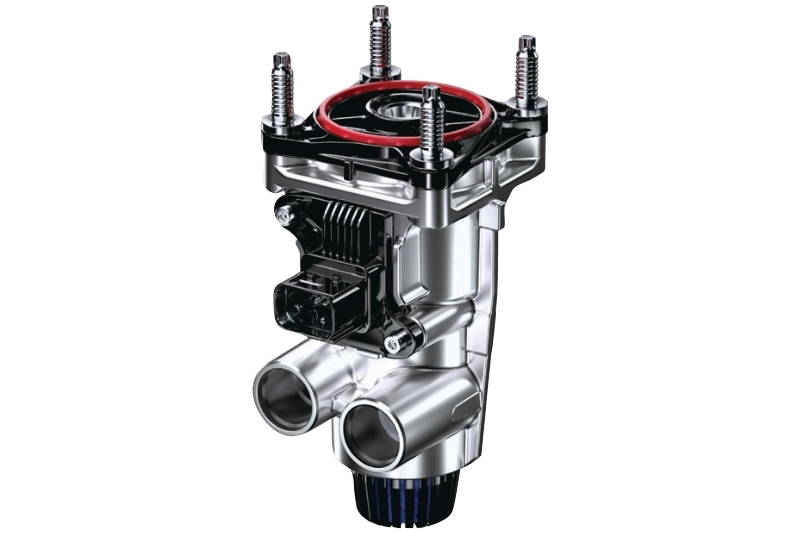
As a key enabler of connected, autonomous and electrified commercial vehicles, the mBSP XBS represents ZF’s next generation of advanced braking technologies. By combining modularity, scalability, and seamless integration with advanced driver assistance and electrification systems, it not only addresses the dynamic needs of today’s commercial vehicles but those of the future as well.


